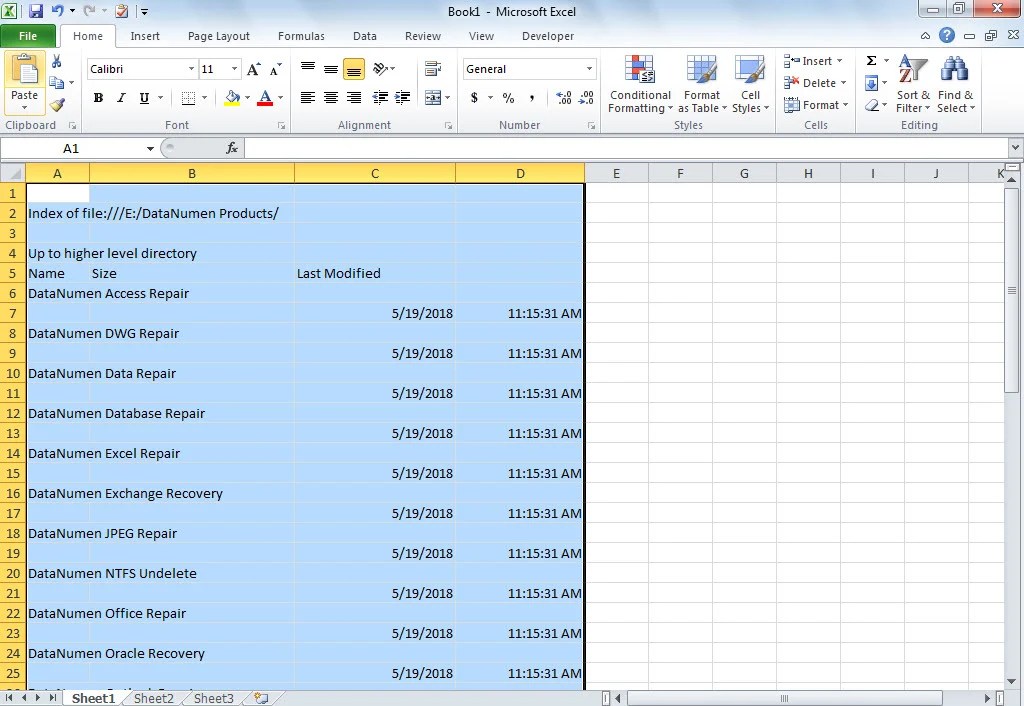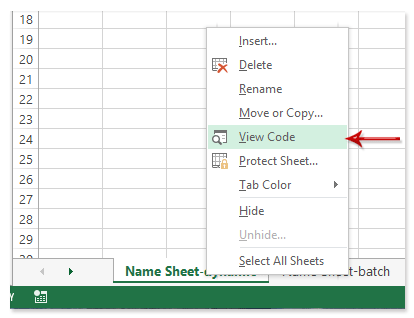5 Easy Steps to Link Excel Sheet Names to Cells

Linking Excel sheet names to cells can dramatically streamline your workflow, enhance report generation, and make navigating large spreadsheets much simpler. This process is especially useful for financial analysts, project managers, or anyone dealing with data from multiple sheets within the same workbook. Here's how you can leverage Excel's functionality to link sheet names dynamically.
Step 1: Prepare Your Workbook

Before diving into the linking process, ensure your workbook is set up correctly:
- Create all necessary sheets.
- Name them appropriately to avoid confusion.
- Ensure each sheet has unique data that you might want to reference.
🔎 Note: Make sure no sheet names have spaces or special characters for ease of linking.
Step 2: Using the CELL Function

To start linking, use the CELL function combined with the INDIRECT function:
=MID(CELL(“filename”,INDIRECT(“SheetName!A1”)),FIND(“]”,CELL(“filename”,INDIRECT(“SheetName!A1”)))+1,255)
This formula does the following:
- Extracts the name of the workbook.
- Finds the bracket where the sheet name starts.
- Returns the full path of the current workbook.
Step 3: Customizing the Formula for Your Needs

Adjust the formula to fit your specific sheet name:
- Replace “SheetName” with the actual name of the sheet you want to reference.
- Place the formula in the cell where you want the linked sheet name to appear.
- Copy and paste this formula to other cells as needed, updating the sheet names accordingly.
🔖 Note: Ensure you are using the correct case and spelling for the sheet names to avoid reference errors.
Step 4: Create a Dashboard or Summary Sheet

A dashboard or summary sheet can help you manage multiple sheet links:
- Create a new sheet titled “Summary” or “Dashboard”.
- In this sheet, list the names of all sheets you want to link to.
- Use the modified CELL function to dynamically pull in the sheet names from each listed cell.
| Cell Reference | Formula |
|---|---|
| A1 | =Sheet1!A1 |
| A2 | =Sheet2!A1 |

Here’s how to implement:
- Enter the sheet names in column A.
- In the adjacent column, use the formula from Step 2, adjusting for each sheet name.
Step 5: Maintenance and Update

To maintain your workbook:
- Regularly check for changes in sheet names or additions.
- Update your summary sheet formulas to reflect any changes.
- Consider using named ranges to keep your links intact even if the source data moves.
By following these steps, you have created a powerful tool within Excel that not only saves time but also reduces errors in data management. This method of linking sheet names to cells provides a clear, organized way to navigate through your workbook, making data analysis and presentation much more efficient.
How do I make Excel automatically update when sheet names change?

+
Excel does not natively support automatic updating when sheet names change. You would need to manually update your formulas or use VBA scripting to achieve this functionality.
Can I link to a sheet in another workbook?

+
Yes, you can link to sheets in other workbooks using the same method but include the full path of the workbook in your reference.
What if my sheet names have spaces or special characters?

+
It's advisable to avoid using spaces or special characters in sheet names as they can complicate linking. If you must use them, encase the sheet names in single quotes in your formula.
To sum up, linking Excel sheet names to cells is an efficient way to enhance productivity, reduce errors, and create a more interactive workbook. By leveraging the power of Excel formulas, you can maintain a dynamic and adaptable data environment, which is crucial for professionals dealing with extensive datasets.